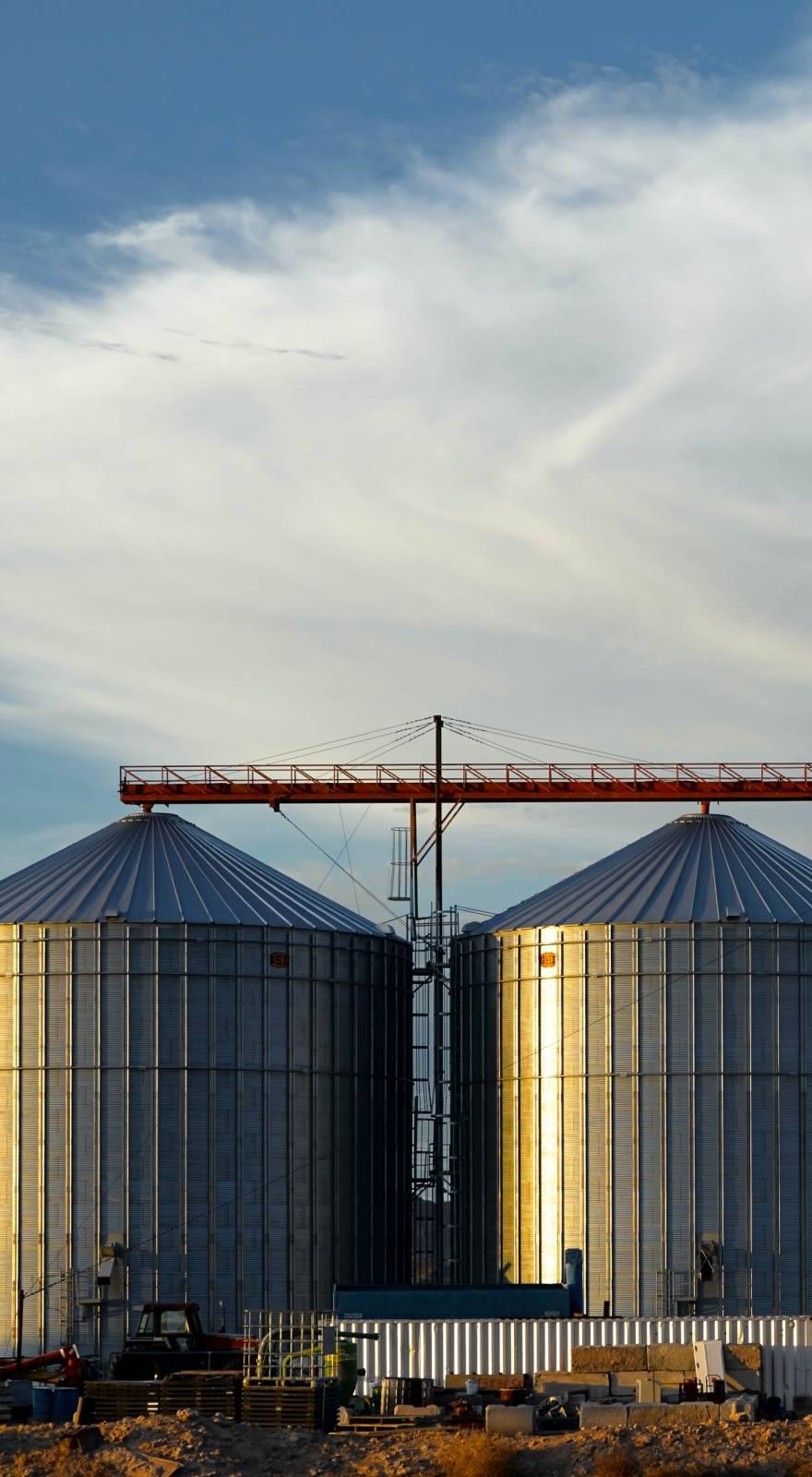Knowde Enhanced TDS
Identification & Functionality
- Chemical Family
- CASE Ingredients Functions
- Technologies
- Product Families
Features & Benefits
- Labeling Claims
- CASE Ingredients Features
- Advantages
- Characteristics Benefits: Very high polymer content leads to efficiency in use due to low dose rates required making the product highly economical in use.
- Thickening: Product disperses easily and rapidly giving print pastes which are stable for extended periods.
- Optimized Rheologies: Viscosity of stock solutions is low easing addition of dyes. Product gives pastes which lead to improved penetration and levelness. Deep penetrations possible. Outlines and edges are very sharp.
- Ph Suitable for use with dyes and auxiliaries requiring low pH. Pastes are stable as low as pH 4.4
- Wash properties: Product rehydrates easily and quickly resulting in simple wash out without impairing handle.
Applications & Uses
- Applications
- Ink & Toner Type
- Application
Preparation of Chemaprint JPM-5000
Concentrate is stable and does not separate, no mixing required.
Preparation of the stock paste
Typical recipe for stock paste
Stock: g/kg
Water 988–984
Using a high shear mixer stir the stock until full viscosity is achieved. This should take around 10–20 minutes. Avoid drawing in large volumes of air during the process.Preparation of the final print paste
The dyes are pre-dissolved in water as advised by the supplier. The typical ratio of stock to dye solution is between 400–600 parts of stock solution and 600– 400 parts of dye solution eventually water. The exact composition of the print paste depends on the requested shades; dark shades need a higher amount of thickener. If necessary, small viscosity adjustments may be made by addition of dilute solutions of sodium hydroxide to increase viscosity or citric acid to reduce viscosity. Viscosity ranges for final print paste can be varied from 2000 – 3000 cps. To achieve necessary penetration levels of substrates. Mark definition and color yield are maintained at these viscosity ranges. No dispersing agents or defoamers are required.
Properties
- Physical Form
- Typical Properties
- Properties
- Chemical constitution: Acrylic polymer dispersion
- Ionic character: Anionic
- Physical form: Viscous off-white dispersion
- Ecology/toxicology: The product must not be swallowed.
- Compatibility: Compatible with all anionic and non-ionic auxiliaries that are normally used in Chromojet printing.
| Value | Units | Test Method / Conditions | |
| pH (1% Thickening) | approx. 5.0 | — | — |
| Specific Gravity (20°C) | approx. 1.0 - 1.1 | — | — |
Storage & Handling
- Storage Stability
Product does not require stirring before use.

